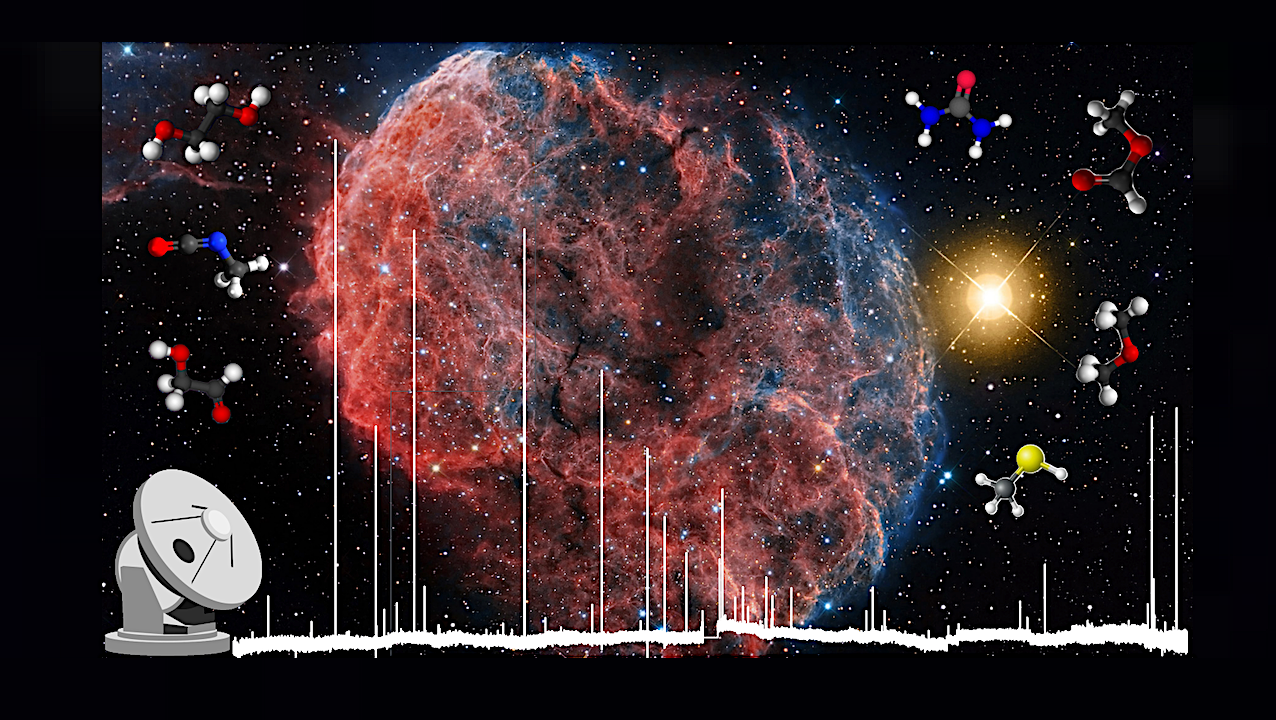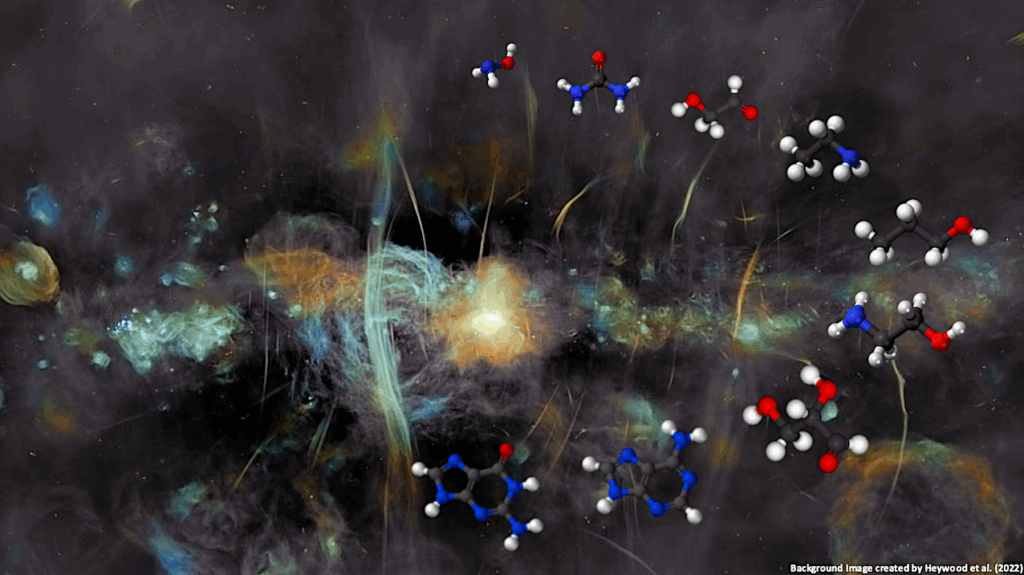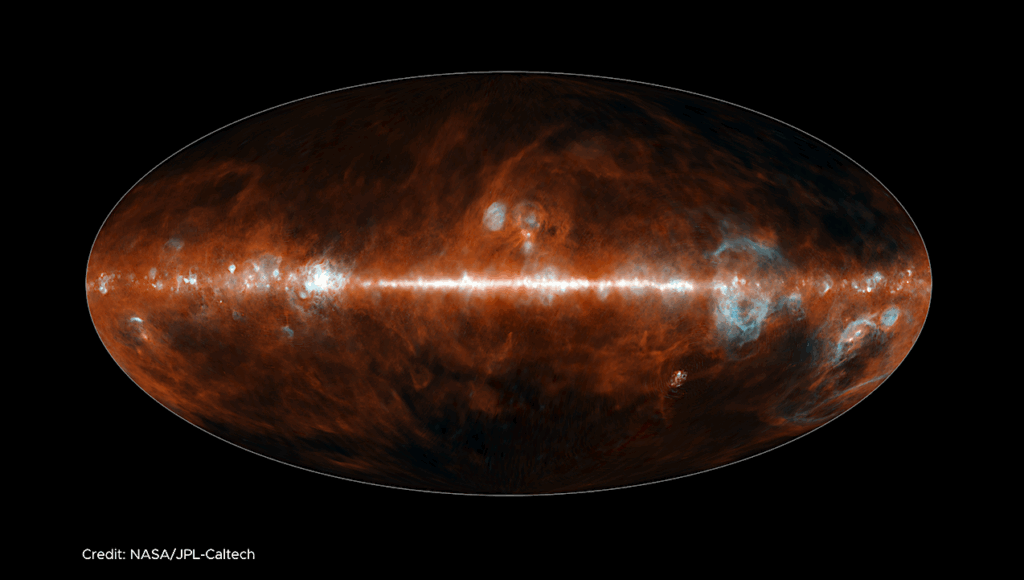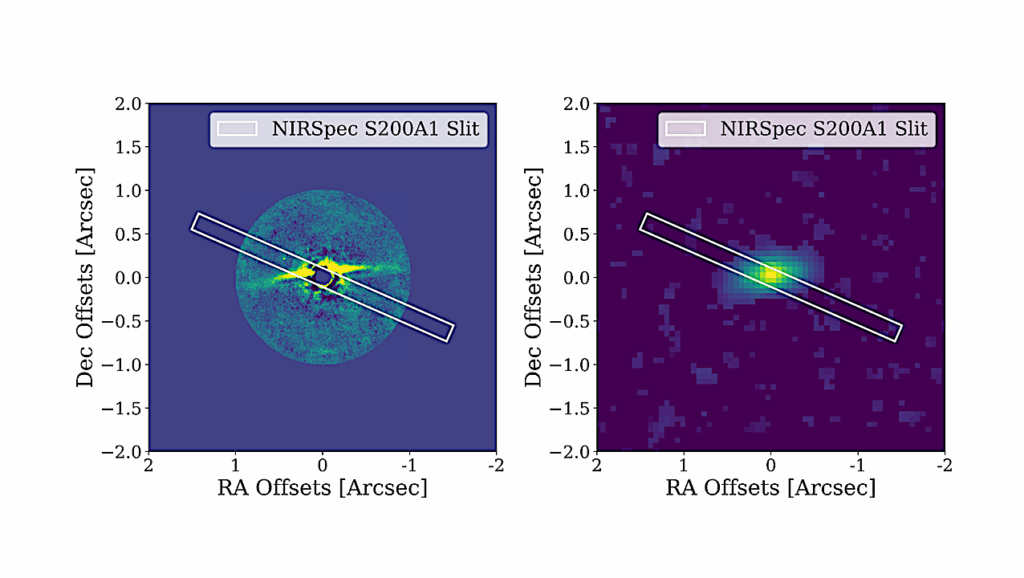The Role Of Supernova Remnants For The Emergence Of Pre-biotic Chemistry In Molecular Clouds

There is growing evidence that the Sun might have formed within a nebula impacted by at least one SNR. In this scenario, ejecta and shocks from SNRs may have provided the elements on which life as we know it is based.
Investigating the chemical complexity of molecular clouds impacted by SNRs is therefore essential to unveil the star formation process and how life appeared on Earth.
In this paper, we exploit this scientific questions and describe which technical specifications will drive in future generation telescopes.
Giuliana Cosentino (1), Izaskun Jiménez-Serra (2), Laura Colzi (2), Víctor Rivilla (2), Francisco Montenegro-Montes (3), Miguel Sanz-Novo (2), Marta Rey-Montejo (2), Andrés Megías (2), David San Andrés (2), Sergio Martín (4), Shaoshan Zeng (5), Amelie Godard (2), Miguel Requena-Torres (6), Juris Kalvāns (7) ((1) Institute de Radioastronomie Millimétrique, IRAM, France, (2) Centro de Astrobiología, CAB, Spain,(3) Universidad Complutense de Madrid, UCM, Spain, (4) European Southern Obseratory, ESO, Chile, (5) RIKEN, Japan, (6) Towson University, USA, (7) Ventspils University of Applied Sciences, Latvia)Comments: This white paper was submitted to ESO Expanding Horizons in support of AtLAST
Subjects: Astrophysics of Galaxies (astro-ph.GA)
Cite as: arXiv:2512.14143 [astro-ph.GA] (or arXiv:2512.14143v1 [astro-ph.GA] for this version)
https://doi.org/10.48550/arXiv.2512.14143
Focus to learn more
Submission history
From: Giuliana Cosentino Dr
[v1] Tue, 16 Dec 2025 06:55:37 UTC (10,255 KB)
https://arxiv.org/abs/2512.14143
Astrobiology, Astrochemistry,








